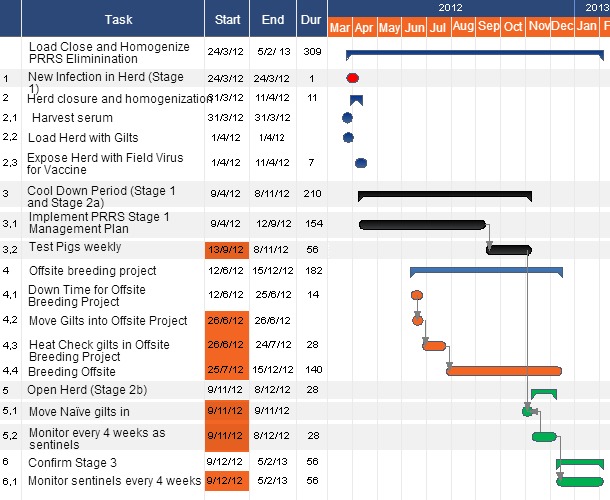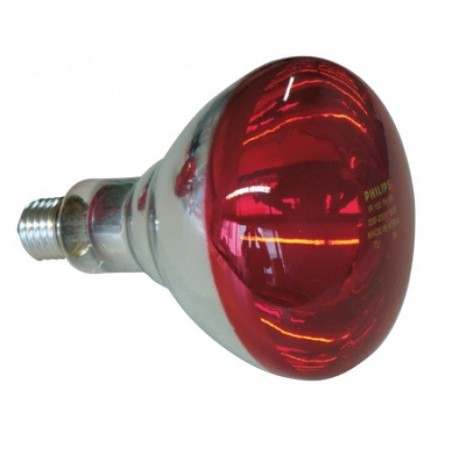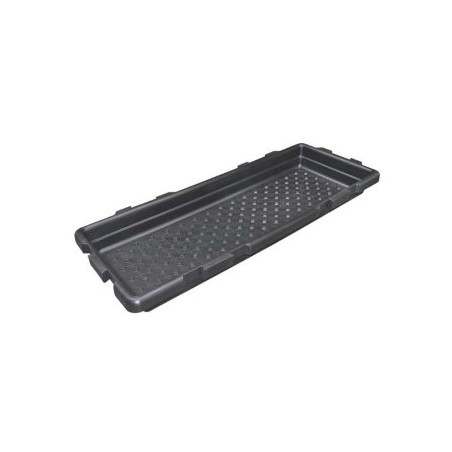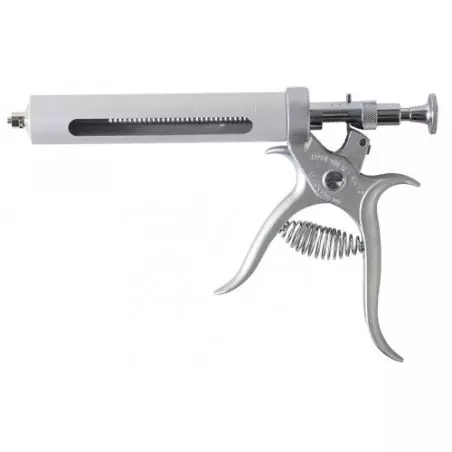Over the last nearly 20 years the scientific community and the veterinary profession has identified numerous methods to eliminate Porcine Reproductive and Respiratory Syndrome Virus (PRRSV) from breeding herds. There are 3 potential options to stabilize BTW herds following an outbreak that have all proven successful over time. They have very different cost and risk profiles and a through economic assessment is needed to determine what the best course of action is for each new outbreak.
Options for eliminating PRRS from breeding herds are:

- Depopulation as sows wean with offsite breeding project and 2 weeks down between old and new herd, depopulation of entire site. (Classic Depop-Repop Model; Gold standard for disease control)
- Herd closure, culling sows as they wean, with offsite breeding of 100% of breeding target, depopulation on a barn-by-barn basis. (Referred to as a “Hard Roll” model as over a 20 week period the entire herd is replaced but the site is never completely empty).
- Herd closure with stabilization for at least 30 weeks with offsite breeding of normal replacement rate (often referred to as “Load, Close and Homogenize” or LCH).
The three options are summarized in tables 1 and 2. For any of these programs to succeed there are several requirements. First, a source of known PRRS naïve replacement breeding stock must be available to achieve elimination of the virus. In addition the farm team must be of sufficient skill and have the necessary resources to implement basic bio-security (infection control) practices in a robust manner. This means that technified farms are much more likely to be successful than non- technified producers. Finally, the methods described here are designed for breeding herds (some times called “site 1”) that have off-site facilities for growing pigs.
Table 1: Summary PRRS control options for breed to wean herds: Operational needs
| Breeding project | Production Gap | Gilts needed | ||||||||
| Option | Risk of Failure | Cost | Herd Closure | Weeks of Pos. Pigs | Size | Length | No Farrowings | Reduced production | Timing | Number |
| 1. Depopulation with offsite breeding | Lowest | Highest | 20 weeks | 20 | 100% of herd size | 24 wks | 5 wks | 20 wks | Now | 100% of Service target |
| 2. Herd closure with total herd replacement | Moderate | Moderate | 30 weeks | 30 | 50% of herd size | 20 wks | 1 wk | 30 wks | Now | 100% of Service target |
| 3. Herd closure with normal herd replacement rates | Highest | Lowest | 30 – 60 weeks | 30-60 | 25% of herd size | 20-30 wks | None | 30 to 60 wks | At least 15 weeks after start | Normal replacement rate |
Table 2: Summary of PRRS control options for breed to wean herds: pros and cons and important economic assumptions
| Option | Pros | Cons | Important economic assumptions |
| 1. Depopulation with offsite breeding |
- High degree of success |
- High cost - Need large breeding project - People for offsite breeding |
|
| 2. Herd closure with total herd replacement | - Known time for negative pigs - Moderate cost - Proven it can work |
- Needs high degree of commitment from farm team to maintain bio-security | How likely are you to have a reinfection with old and new herds on same site at the same time? |
| 3. Herd closure with normal herd replacement rates | - Low cost - Simple and easy to execute |
- Uncertain time that herd has to be closed (impact on BTW inventory) - Potential for many more PRRS + pigs in WTM system. |
How long will you have to have the herd closed to get to a negative status? |
If any pigs are raised on the same site as the breeding herd then removal of all infected pigs from the site is necessary to achieve success as the pigs are a source of reinfection for the breeding herd. The exception to this is when the LCH model is used and a depopulation of the nursery along with vaccination of piglets are used after non-infected pigs are starting to be weaned. In this case, it is critical that unidirectional people and pig flow (younger to older) be established and that pigs are never held back in a phase (farrowing or nursery) because they are growing slower than that cohort. All in – All out flow by room in single site farms in a necessary requirement for an LCH model to be successful.
Overview of Using Depopulation-Repopulation
Producers might choose to utilize a “Depop-repop” for several reasons 1) they are risk averse and what the guarantee that the project will succeed, 2) they have other diseases that they would like to eliminate (App) that are not amenable to elimination by other methods, 3) they do not believe that their facilities or staff are capable of executing the other methods, 4) they desire to make rapid genetic improvement or 4) their disease is so severe that the losses from disease will outweigh the costs of the depopulation. For a depop-repop to be successful through cleaning of ALL areas of the farm is necessary between the old and the new stock an care should be taken to make sure that all equipment (piglet processing tools, farrowing lamps, maintenance tools, etc.) are either replaced or thoroughly cleaned and allowed to dry at ≥ 25°C for 14 days.
Overview of a “Hard Roll” process
The “hard roll” process is a middle ground between the depop-repop and the LCH models. It is well suited for herds that are looking to improve genetics at the same time as a PRRS elimination but cannot afford the cost of a depop-repop. For this model to be successful the gestating herd must be housed in a separate barn from the farrowing herd and there must be an offsite location that is large enough to accommodate 100% of the herd inventory. Depopulation in this model is done on a building-by-building(not a room by room) basis and there is a 1-week gap between breeding the old herd and the new herd. Similar disinfection processes are necessary for this as are required in a depop-repop model.
Overview of the Load Close and Homogenize (LCH) process
By placing gilts in the herd, achieving common herd infection status and stopping introductions for a period of at least 30 weeks elimination can be achieved. This process has been well described by others and is commonly referred to as Load, Close and Homogenize (LCH). This process relies on herd immunity to eliminate the virus from the herd and the time from herd closure to elimination is variable. Monitoring piglets at weaning for infection is a critical control point to insure that the process does not fail which we define as infecting the new naïve gilts when they are introduced. The timeline and steps to achieve a successful LCH project are outlined in figure 1. LCH works best in herds that are already stable for PRRS as the time from closure to reopening the herd to new introductions is shorter and more predictable.
Figure 1: Process timeline example for LCH PRRS elimination process

Summary
There are multiple ways to achieve PRRS elimination in breeding herds. For each one there is a cost – benefit trade off that must be balanced. As the cost decreases for the project, the risk of failure increases. Understanding the status of the herd and careful monitoring of the process is necessary for any of the three options to be successful. In the correct hands all three methods can achieve high levels of success.









